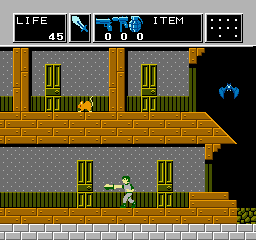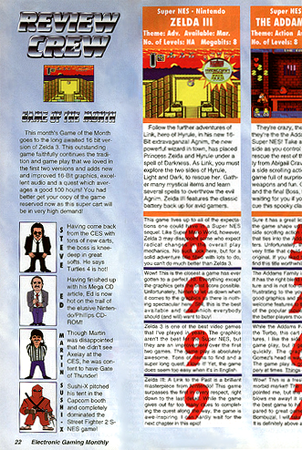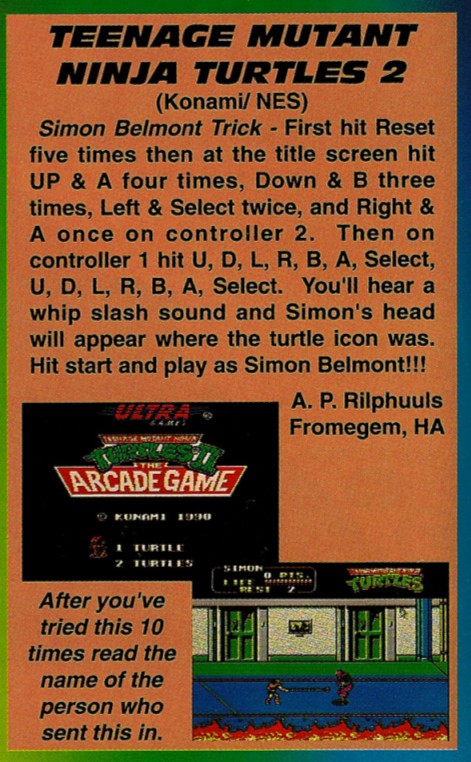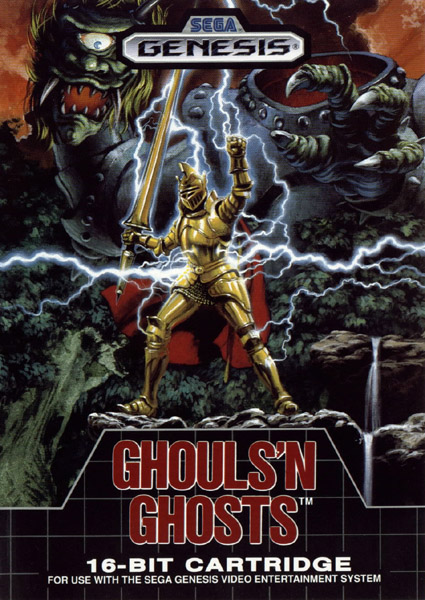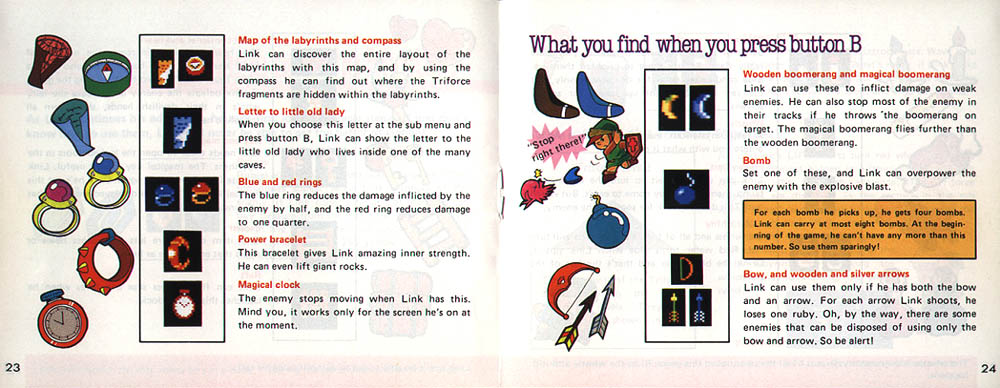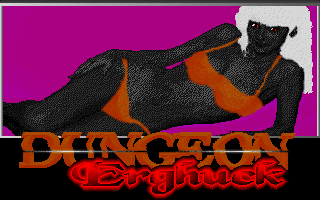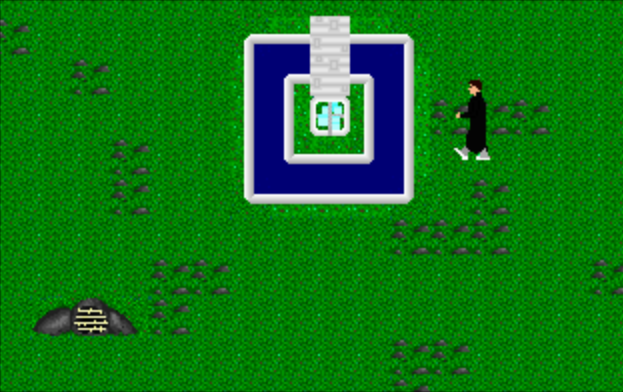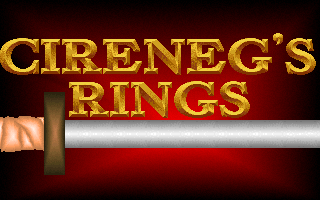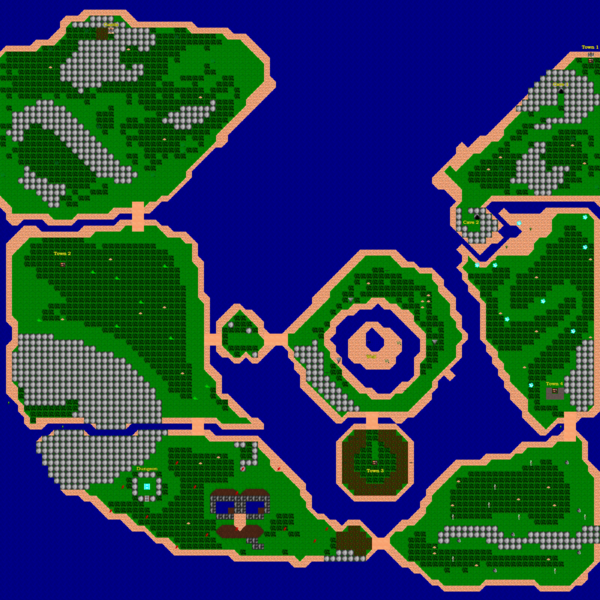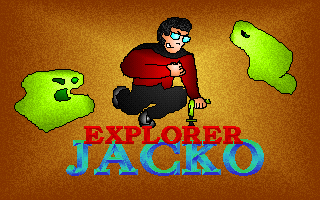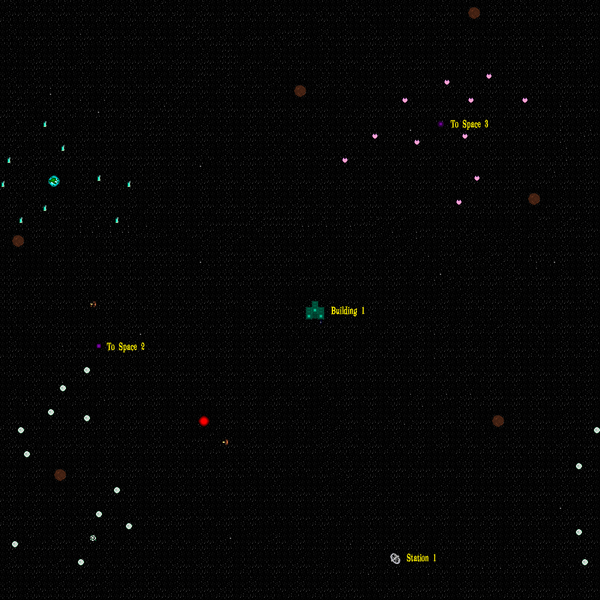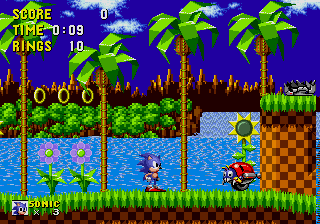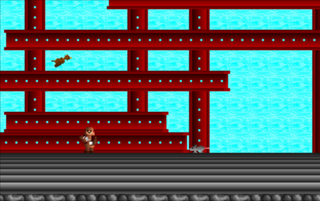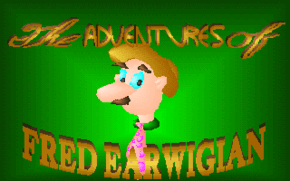Bob Holmes
Robert Holmes has long been held as the ideal of Doctor Who scriptwriters. He was in charge of the early Tom Baker era, and wrote many of the most popular stories of the 1970s and early ’80s. These are the stories that never budge from the top of popularity polls, and that in established fan circles it’s almost heresy to criticize.
The thing is, I find his work tedious. True, he does have more of his own to say than Eric Saward (who was in charge during the early ’80s) — and when he hides or diverges from his references, I rather like the results. Yet underneath the droll dialogue is a stench of imperial middle-class privilege that tends to cloud any constructive discussion. Combine his scripts with Tom Baker’s oxygen-sucking performance, and my mind begins to glaze over.
Doctor Who has always had an aspirational middle-class sensibility, and since its very first episode has been a jumble of cultural and genre references — particularly Welles and Verne. At its best, though, the pastiche has been subtle and practical. It’s not like The Daleks lingers around, rubbing your nose into parallels with The Time Machine; it uses the basic framework of that story to explore some fresh ideas and move the show’s concept forward.
Indeed the first and last few years of the show often make great pains to be socially and culturally progressive. At its top and tail Doctor Who is aspirational — but typically toward new ideas and complex values, rather than security and leisure. If that means borrowing a few props from the cultural vault, then fair enough. Use them and move on.
With Robert Holmes, though, the middle-class values become stifling — shifting toward such concerns as taxes and fine cuisine — and the pastiche becomes shameless. At the height of his era, nearly every script is based on a classic pulp or horror tale, with bonus points if it had been recently adapted to the cinema. The serials do little but retell the stories within the show’s framework, with a few details tweaked to make them feel cute.
To me all of the overt pastiche hints at a false erudition based in recognition rather than relation; you spot what the show is referencing (Frankenstein! The Thing from Another World! Sherlock Holmes!), which makes you feel clever and superior even though neither you nor the writer has approached any functional insight. It’s just a pat on the head for being of the right demographic.
Then all the while there’s the whole jolly imperialist tone to the proceedings, with the Doctor as the cultured white man who stumbles into alien civilizations and immediately knows everything. Note also that each story has to include a comedy lower-class or regional character (Milo Clancey, the Spearhead poacher, Vorg and Shirna) or lazy stereotype (Talons). They may be sympathetic, even treated with affection at times, but the depiction always is patronizing.
The characters are not depicted as normal people; rather, they are “others” — anarchic or comedic figures. Even if they’re the best of a bad lot, as is often the case, they’re still uncomfortable stereotypes, rolled out for the audience’s amusement like exotic animals. It’s as if the fact that they have redeeming qualities is the punchline to a joke – “You never thought to root for them, did you?!”
There is the argument that Holmes just likes to show a clash of cultures, and that no one comes out clean. It doesn’t matter. Whatever intent you extrapolate, the writing still embodies and perpetuates some uncomfortable stereotypes. In the case of Talons we have three hours of mystical orientals and yellowface, offset by a single fatuous line from Chang (played by John Bennett) about the Chinese all looking alike — which in context feels less a condemnation than a dry joke on Holmes’ part underlining the white man who would obviously be playing the part.
That, there, is the whole issue: the casualness of Holmes’ attitude toward classism, racism, and the whole entitled middle-class mentality. It’s not that he treats lower classes or other races especially poorly; it’s that he treats them as objects of detached fascination or humor, if not to a greater extent than other social or ethnic groups then to a fine and specific point that reinforces the stereotypes at hand.
Let’s remember his proposed Auton story for season 23. Granted, the title of record is clearly provisional and probably meant as a mix of satire and personal joke. Still, though — you can’t propose a story called “Yellow Fever (And How to Cure It)” by accident. That’s a very specific construction. It doesn’t matter that the title would never have gone to air, or that no doubt the script would have avoided any obviously sensational or offensive content. The proposed title says something about the writer’s mentality at the start of the project. It’s a casual joke that betrays a casual, dismissive attitude.
If Holmes were concerned about bigotry or seriously interested in tackling the concept, he could have done so. Instead of contrasting a comedy miner against a stiff but fairly broadcast-standard posh starship crew, he could have gone the Roddenberry route and gone not just color and nation blind but class blind, depicting everyone at an equal keel for all their differences.
Once Lis Sladen moved on, Holmes’ choice of companion is also… curious. Granted, when written well Leela is probably one of the smartest companions of all. But it’s interesting that Holmes chose to go there, out of all possible choices. Whether you frame the relationship as a Higgins/Doolittle or a Crusoe/Friday situation, his first choice is to cast the Doctor as a cultured European imperialist puttering through time with his noble savage by his side.
So the dialog plays with the situation, and pokes holes in its appearance. Again Leela is in some ways smarter and more aware than the Doctor. It doesn’t matter; the situation plays up the obvious power vacuum in the Doctor’s relationship with his assistants and with the wild jungle of the universe. It embodies and perpetuates some unfortunate concepts, even as it chuckles at the scenario at hand and some of its patent assumptions.
For comparison, Rochester was a much more sympathetic and possibly intelligent character than Jack Benny, but in no way could a person call the depiction an enlightened or progressive one. In this case Leela also was played by a posh BBC actress, and her culture was a fictional one, so the problem is not as apparent.
The problem is that the character is basically a way of shoehorning in that imperialist perspective so as to enjoy its jolly patronizing aspects without being so overt as to offend anyone. Gosh! Remember the good old days when we were better than everyone (unless they were showing us what-for)? That was a wheeze, wasn’t it?
Holmes’ most progressive story would probably be The Deadly Assassin. This serial is unusual in that it turns the show’s middle-class values onto themselves so as to satirize the Time Lords as the greatest and most decadent imperialists of all. For once Holmes uses his frame of reference as fuel for the progression and development of a story, instead of as a snide and very likely oblivious veneer.
For all that fans like to talk up the Manchurian Candidate parallels, for once Holmes also holds off the overt pastiche. The serial has basically nothing to do with that story, and in focusing instead on its own political and thematic message it enriches the story with a sense of truth, bringing the series somewhere it had never been before. The closest that it’s come since is probably “The Waters of Mars”, which again is one of the best stories of its era.
Otherwise with Holmes there’s a sense of superiority lurking just beneath the show’s skin. He brings out the show’s middlebrow sense of entitlement and smugness and parades it on his sleeve, turning Doctor Who into a proud soldier of the collapsing empire. Again, it’s better than the creativity vacuum of Saward’s stewardship. At least Holmes is a confident and competent writer. His work just makes me feel icky.

